“Explore the latest innovations in technology, gadgets, and trends. Stay updated with cutting-edge advancements shaping the future of industries and life!”


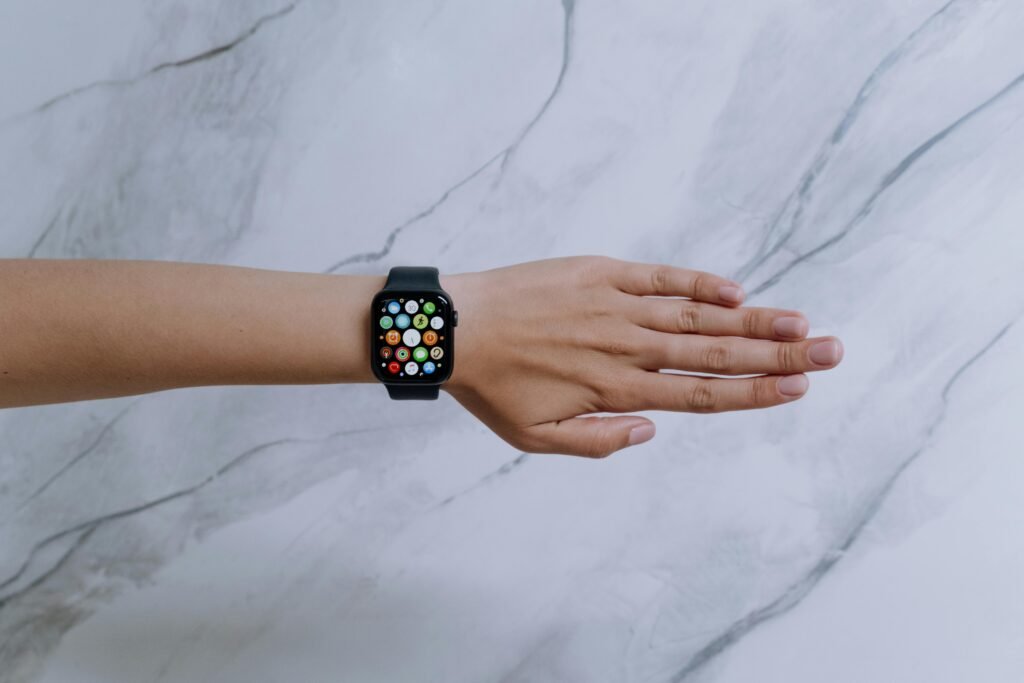

1. Artificial Intelligence (AI) and Machine Learning
“AI simulates human intelligence in machines, enabling learning, decision-making, and applications like NLP, computer vision, and robotics.”
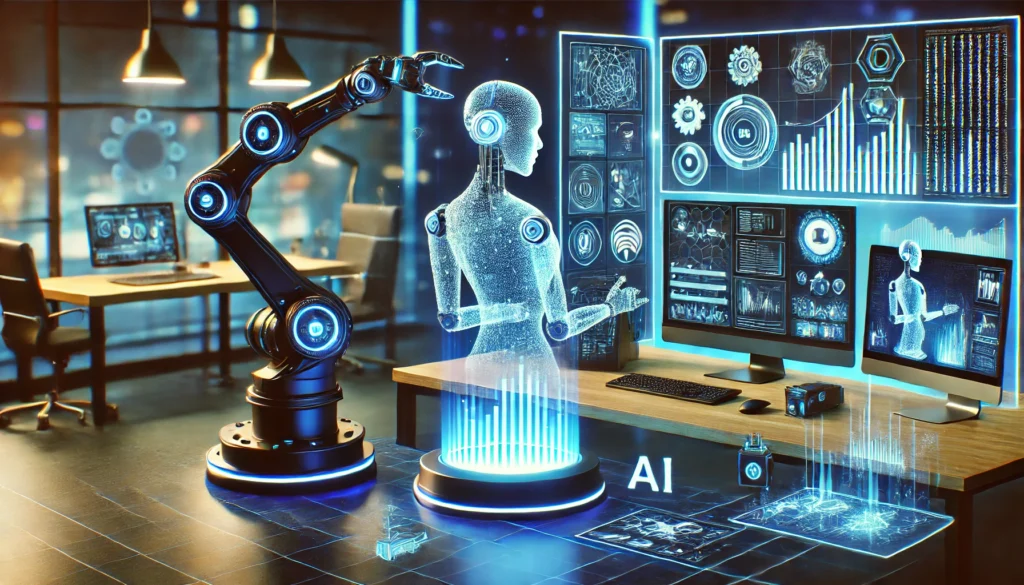
- AI-powered assistants (e.g., smart home devices, productivity tools)
- AI in healthcare (diagnostic tools, drug discovery)
- Robotics with AI integration (e.g., autonomous robots, AI-driven drones)
2. Augmented Reality (AR) and Virtual Reality (VR)
AR overlays digital content, like images, sounds, or text, onto the real world using devices like smartphones, tablets, or AR glasses. It enhances real-world experiences by adding interactive elements.
VR creates a fully immersive digital environment. Users can interact with a simulated world through VR headsets and controllers.
- Mixed Reality (MR) headsets (e.g., Meta Quest Pro, Apple Vision Pro)
- AR apps and wearables (e.g., Microsoft HoloLens, Google AR glasses)
- VR gaming (e.g., PlayStation VR2, Meta Quest 3)
- Virtual workspaces (e.g., immersive office environments)
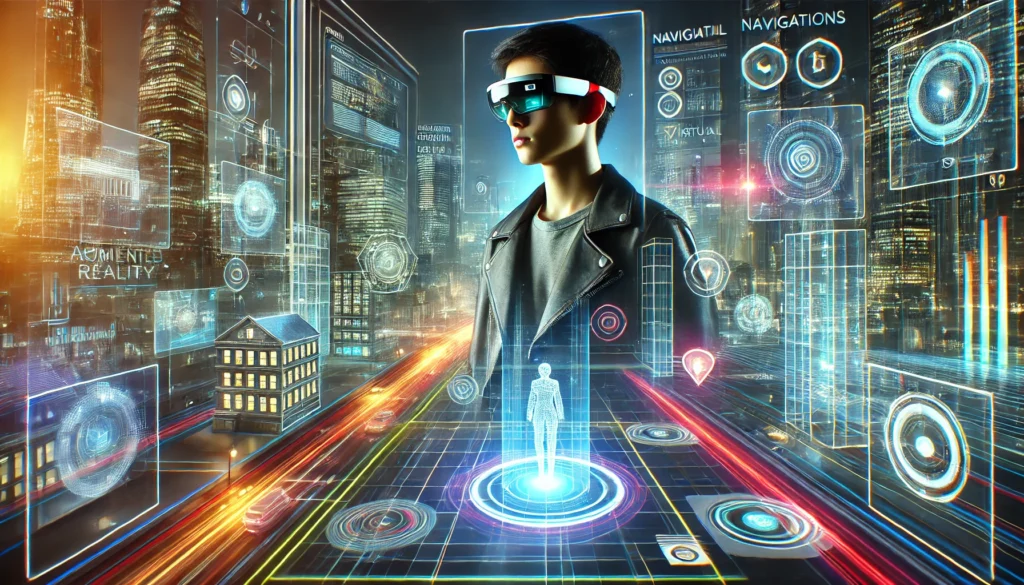
3. Quantum Computing
Quantum Computing is an advanced computing technology that uses the principles of quantum mechanics to process information. Unlike classical computers, which use bits (0s and 1s), quantum computers use qubits, allowing them to perform complex calculations exponentially faster. This technology has applications in cryptography, drug discovery, optimization problems, and artificial intelligence.
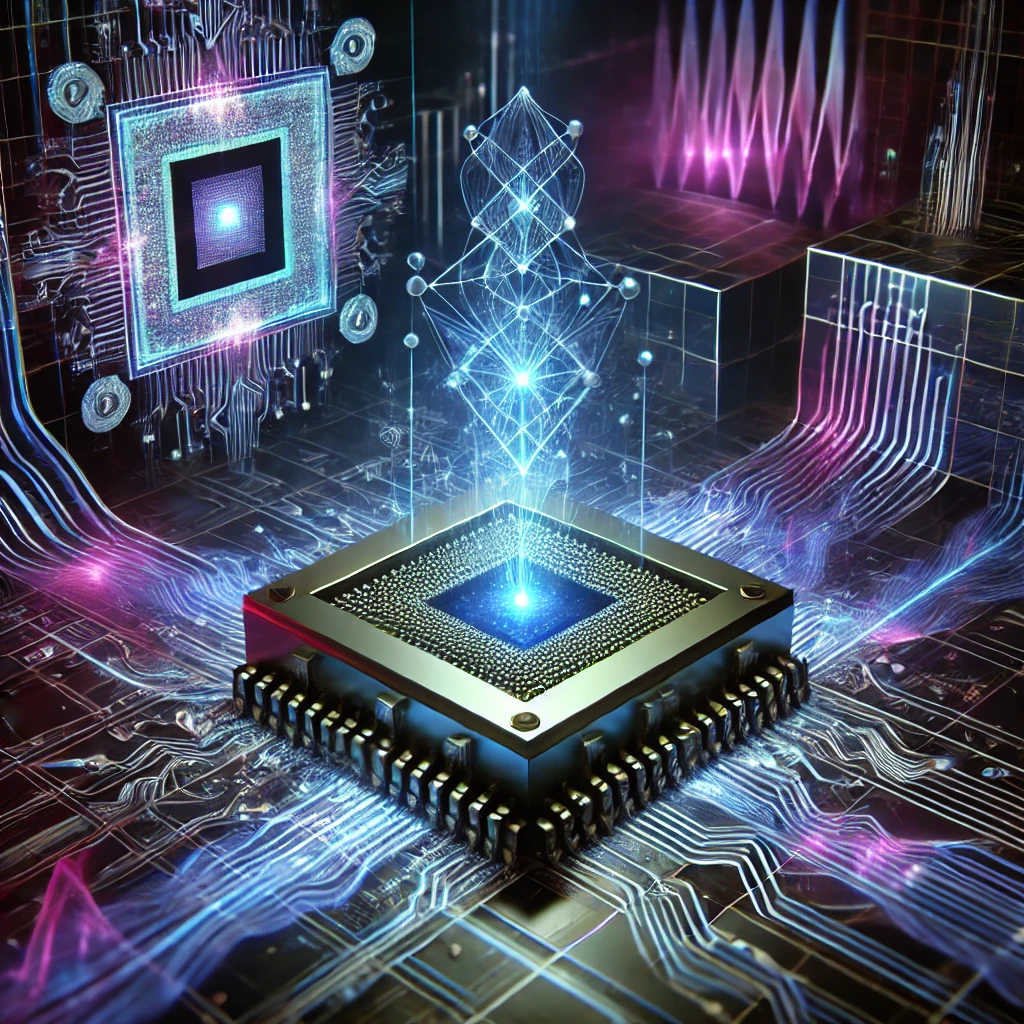
- Quantum processors (e.g., IBM Quantum, Google’s Sycamore)
- Quantum cryptography and encryption technologies
- Quantum AI and machine learning applications
4. Wearable Technology
Wearable Technology refers to electronic devices designed to be worn on the body, often integrated with sensors, and capable of tracking health metrics, fitness, or providing interactive features. Examples include smartwatches, fitness trackers, and augmented reality glasses.
- Smartwatches and fitness trackers (e.g., Apple Watch Ultra, Fitbit Charge 6)
- Smart glasses (e.g., Bose Frames, Ray-Ban Stories)
- Wearable health monitors (e.g., glucose trackers, ECG monitors)
- Skin patches and implants for health monitoring
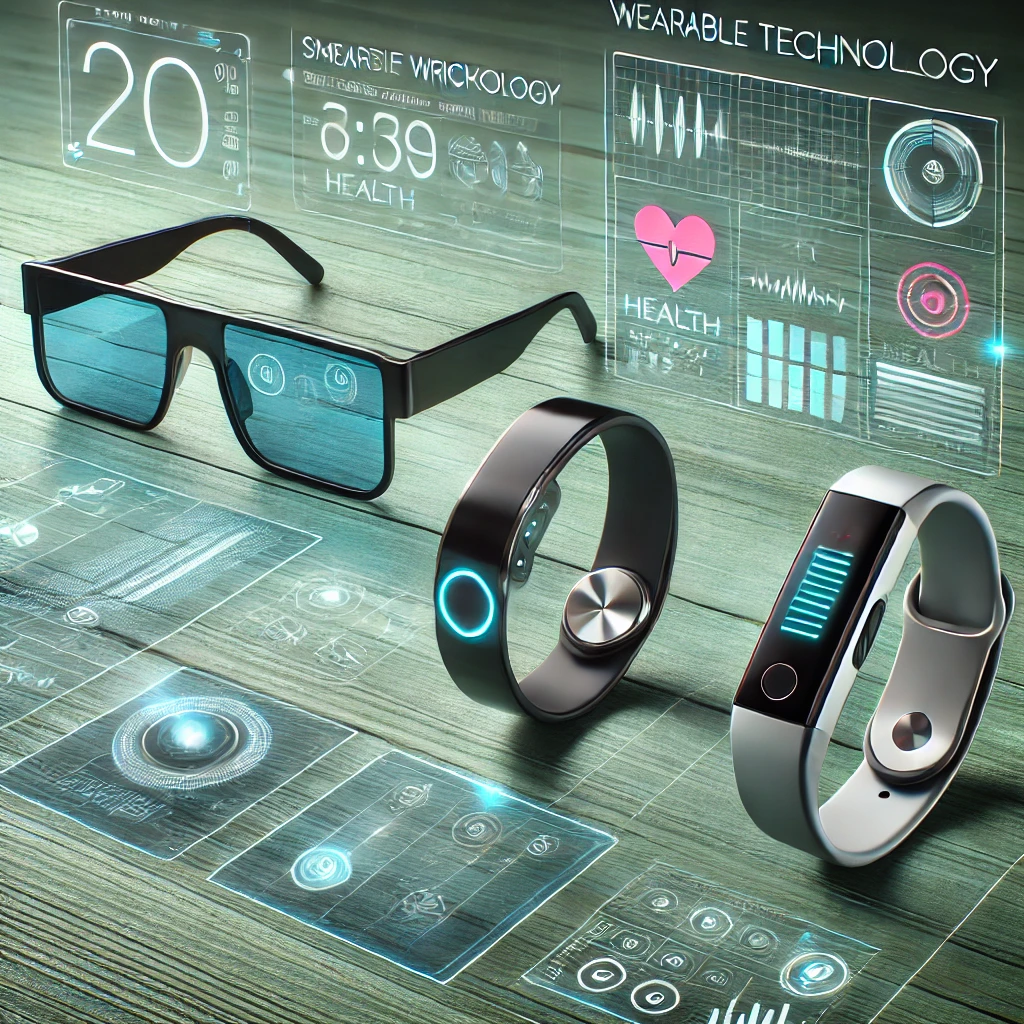
5. 5G and Beyond (6G) Connectivity
5G Connectivity is the fifth generation of mobile networks, offering faster speeds, lower latency, and greater capacity than previous generations. It enables enhanced experiences in areas like streaming, gaming, and IoT, and supports innovations in autonomous vehicles, smart cities, and remote healthcare.
6G Connectivity is the anticipated next step beyond 5G, promising even faster speeds, ultra-low latency, and seamless integration of AI, holographic communication, and advanced automation. It aims to support the next wave of innovations, including real-time augmented and virtual reality experiences.
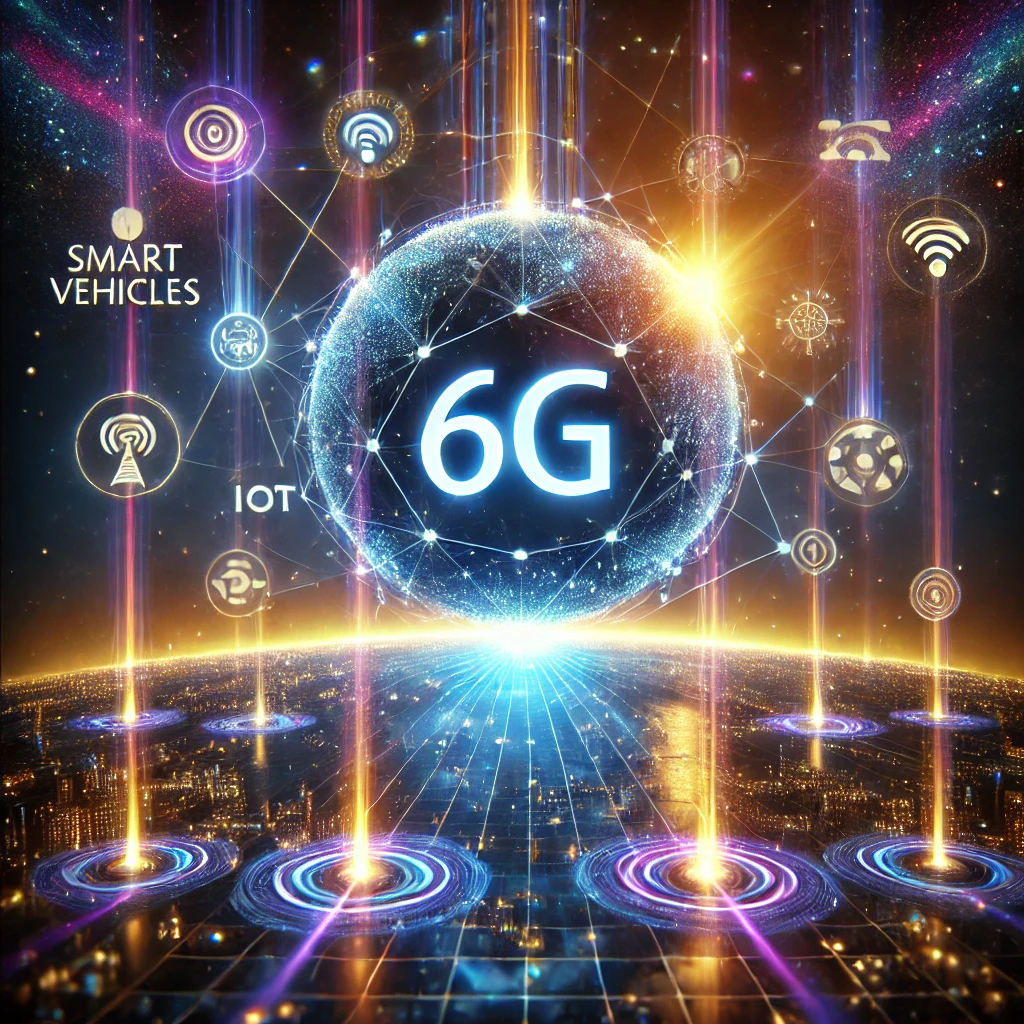
- 5G smartphones and 5G home internet devices
- Advanced network infrastructure for faster and more reliable connectivity
- Edge computing to reduce latency in 5G networks
- Early-stage 6G technologies (promises of ultra-fast and ultra-low latency connections)